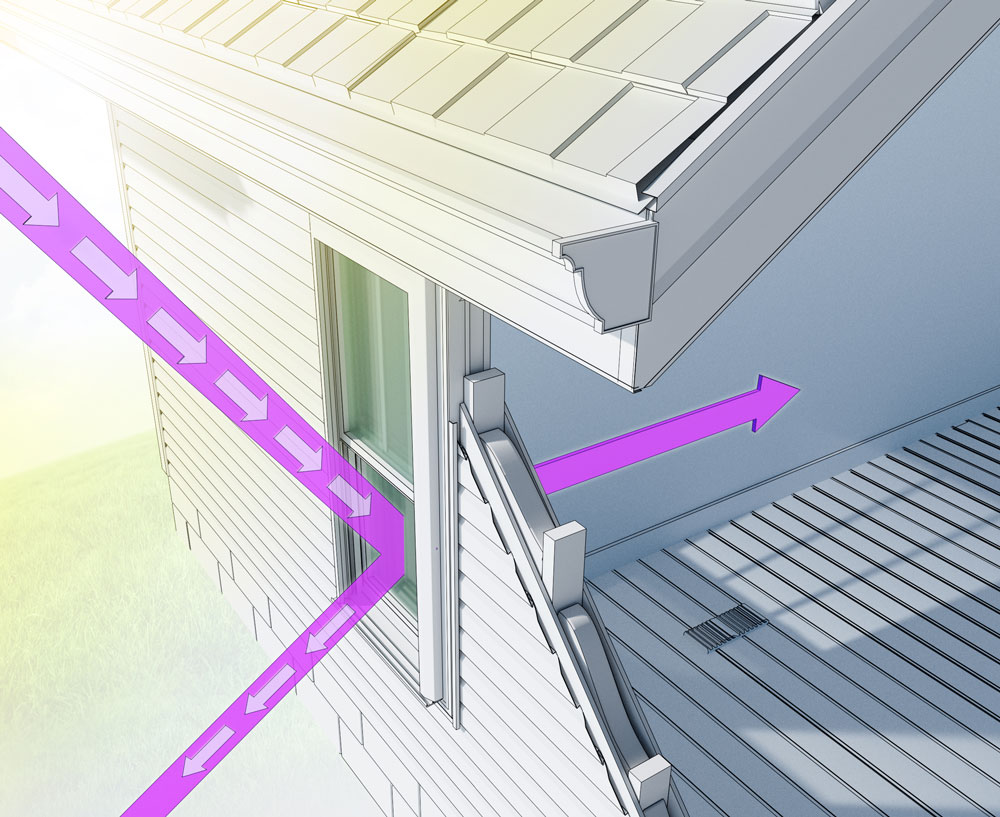
Saving energy. Protecting our environment.
PROVIA AND ENERGY STAR®
ProVia has partnered with ENERGY STAR® since 2002 to ensure that we produce energy-efficient, professional-class windows and doors that meet or exceed their certified criteria. ENERGY STAR windows and doors have been independently tested and certified to meet strict energy-efficiency standards set by the Environmental Protection Agency. Our engineers have worked closely with the voluntary ENERGY STAR program to design and produce entry doors and replacement windows that provide energy savings and value to our customers.
We are proud to have been recognized over the years for our efforts. In 2024, we received our 16th Energy Star Partner of the Year Sustained Excellence Award from the US Environmental Protection Agency and the Department of Energy.
Products that meet these criteria have the distinctive blue ENERGY STAR logo as part of their packaging or marketing materials.
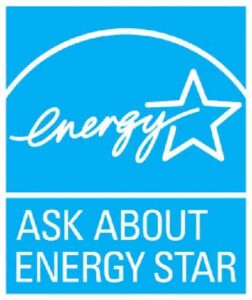
ENERGY STAR RESOURCES
MOST EFFICIENT 2024 REBATE FINDER CLIMATE ZONE FINDER HOW TO CLAIM
Understanding the ENERGY STAR label
The new ENERGY STAR 7.0 specification represents an increase in energy efficiency and savings. The new label includes an additional line for northern climate zones, and lower values for U-Factor and SHGC, which translates to better insulating performance.
- U-Factor – measurement of the rate of heat transfer; indicates how well the window insulates. Values typically range from 0.25 – 1.25; a lower U-Factor means better insulation.
- SHGC – (solar heat gain coefficient) the amount of solar energy transmitted through the window; measurement of how well the window blocks heat from sunlight. Values range from 0.25 – 0.80; a lower number indicates lower level of solar heat transmitted
- The Northern Climate Zone has several recommended ranges due to colder climate and temperature variations. The lower the U-Factor, the better the window is at keeping cold air out.
- The overall lower U-Factor and SHGC values of ENERGY STAR 7.0 offer increased energy efficiency, peak performance, and savings to you.
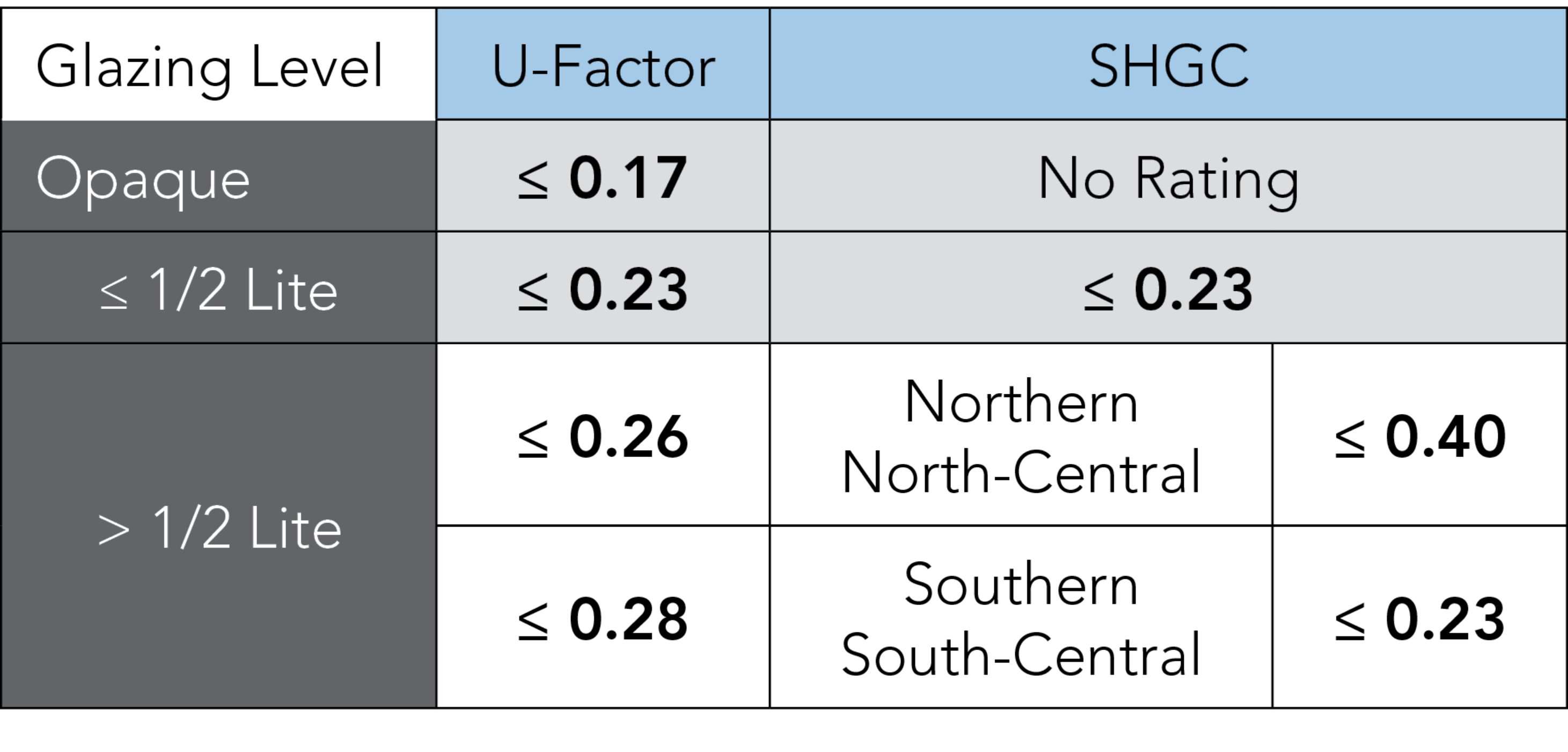
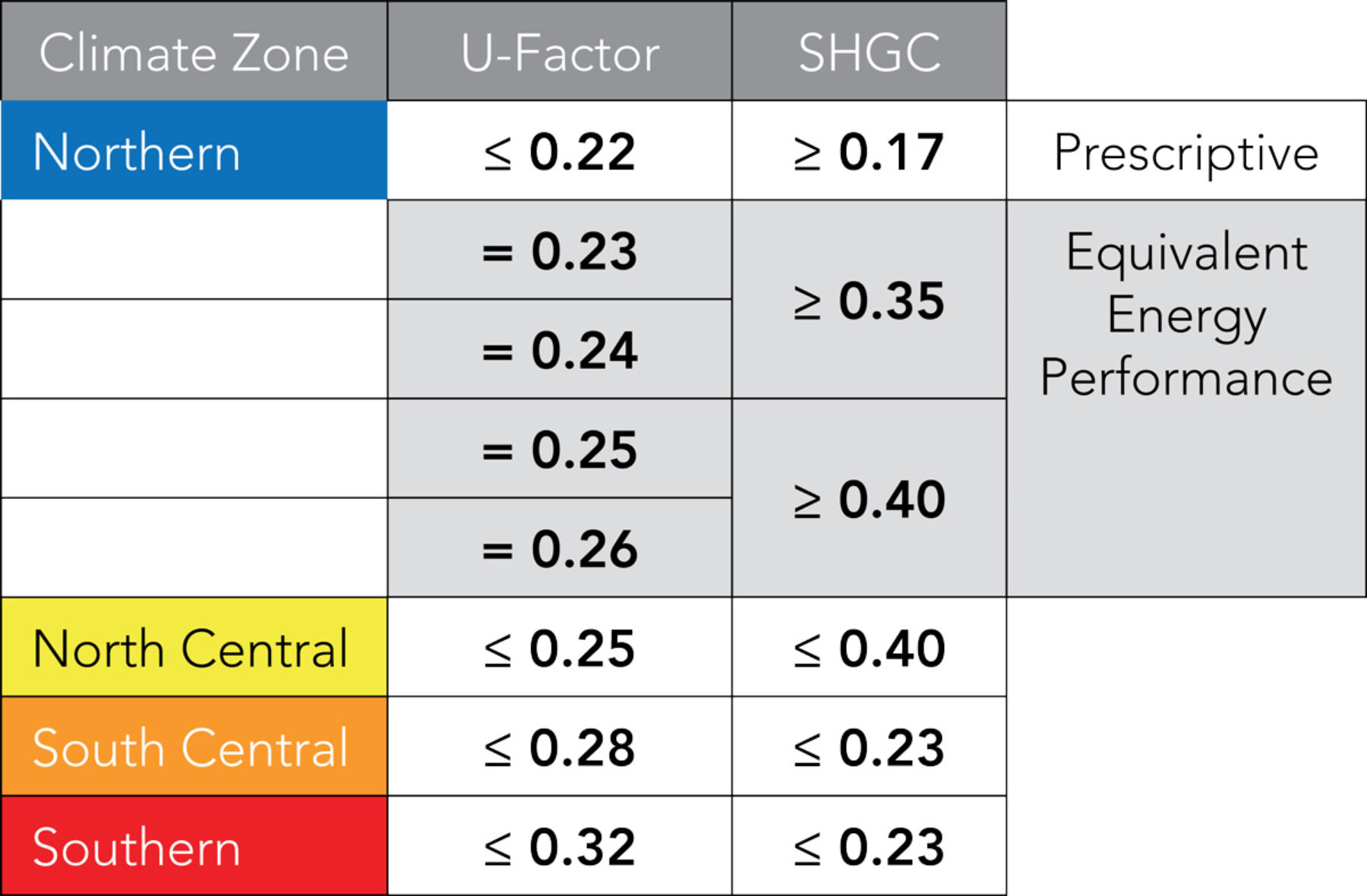
Climate Zone Map
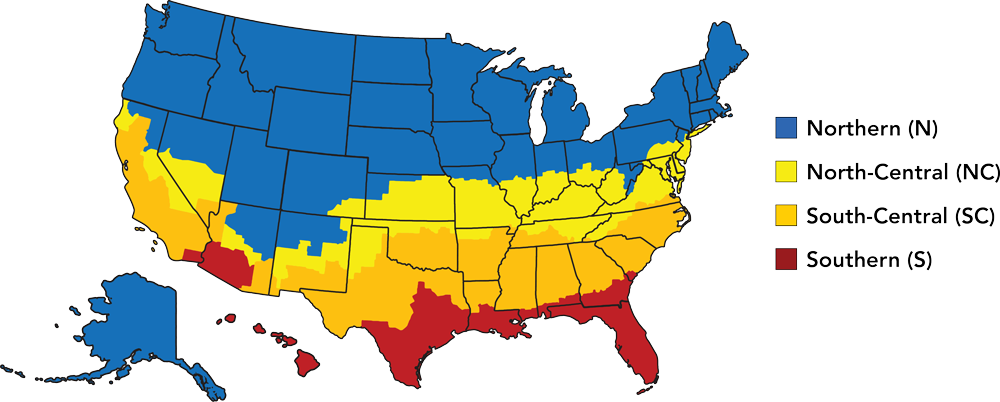
ENERGY PERFORMANCE CALCULATOR
Try the calculator to see how your products rate. The illustrations below will help you understand the energy-efficiency ratings.
U-Factor
U-Factor is the insulating value of an entire window system. Lower numbers reflect better insulating value.
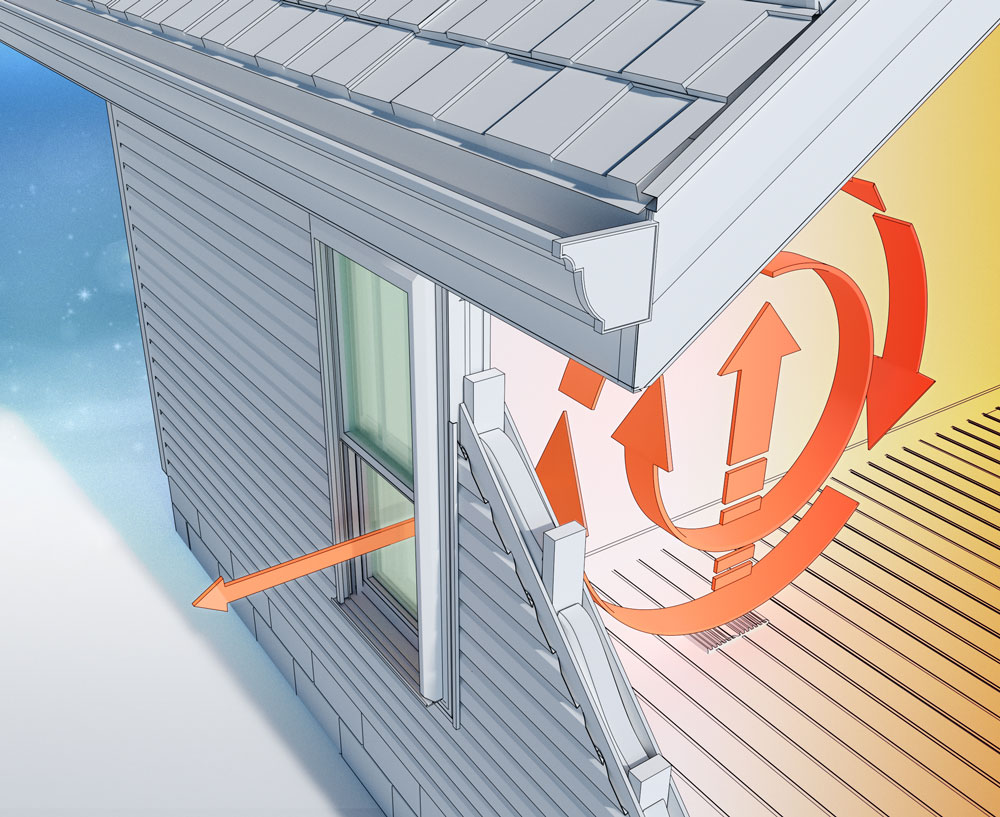
Solar Heat Gain Coefficient
Solar heat gain coefficient (SHGC) is the amount of heat from the sun passing through the glass. Lower numbers indicate glass is keeping heat from entering your home. SHGC is measured on a scale from 0 to 1.
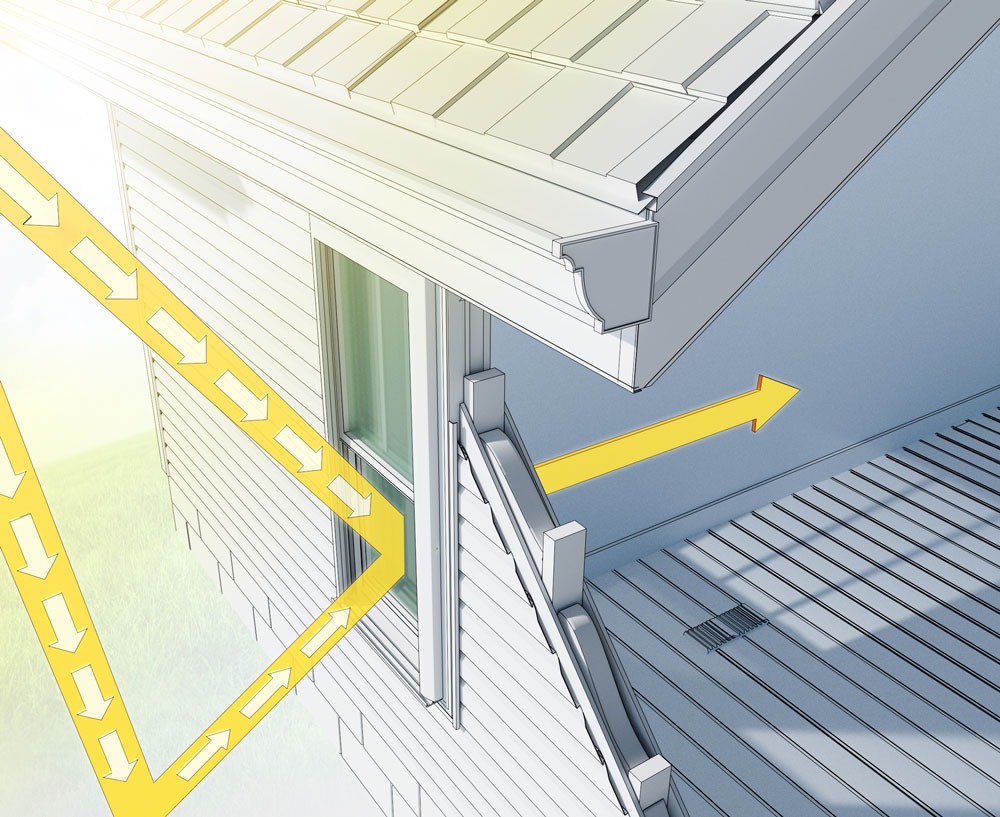
Visible Transmittance
Visible transmittance is the amount of visible light passing through the glass. Higher numbers indicate glass is allowing more light to enter your home. Visible transmittance is measured on a scale from 0 to 1.
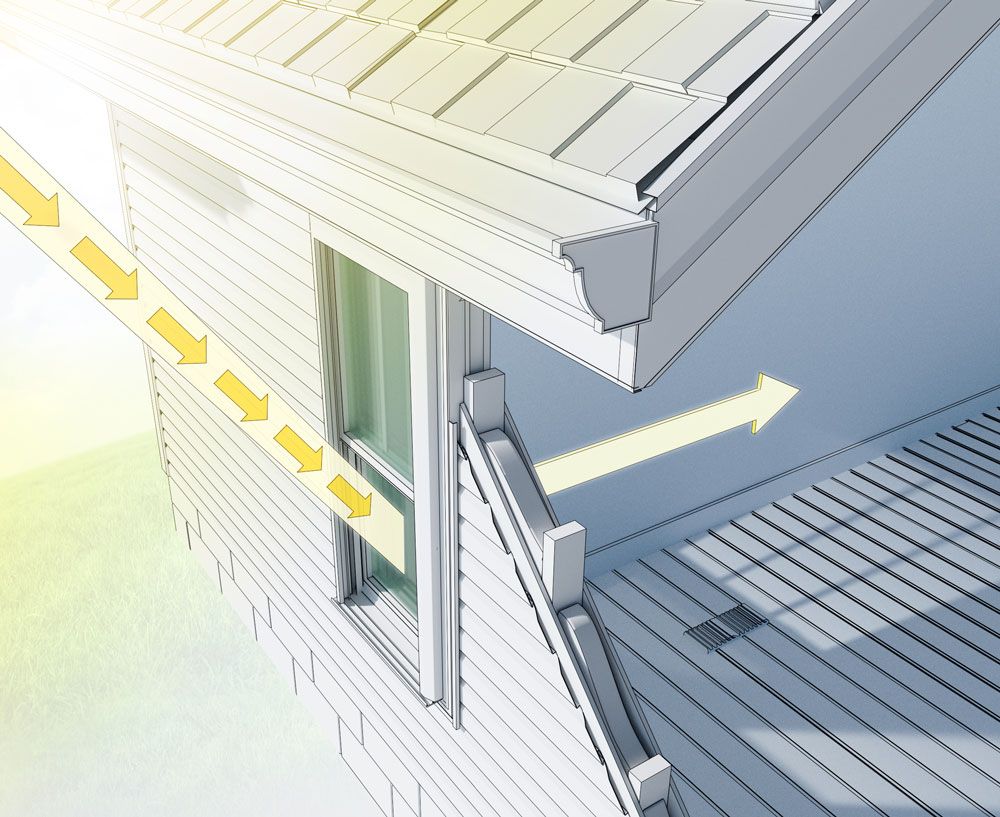
Air Infiltration
Air infiltration measures how much air is entering or escaping through a window. The number shown represents the maximum air infiltration allowable by NFRC listings.
